 My son is getting ready to head off to his freshman year of college, and our talks lately have centered around his future life of independence. The other day, he sat at the kitchen counter daydreaming aloud about “someday”. Someday, he told me, he’ll be working as an aerospace engineer. Someday, he’ll have his own fancy bachelor pad. And someday, he’ll get a dog which he will name Smaug (after the dragon in J.R.R. Tolkien’s The Hobbit). It got me thinking, of course, about dragons and gold, but also about greedily clinging to the last little bits of the “treasure” that is his childhood. I’ll keep that metaphorical bit to myself, though, and just let him dream.
My son is getting ready to head off to his freshman year of college, and our talks lately have centered around his future life of independence. The other day, he sat at the kitchen counter daydreaming aloud about “someday”. Someday, he told me, he’ll be working as an aerospace engineer. Someday, he’ll have his own fancy bachelor pad. And someday, he’ll get a dog which he will name Smaug (after the dragon in J.R.R. Tolkien’s The Hobbit). It got me thinking, of course, about dragons and gold, but also about greedily clinging to the last little bits of the “treasure” that is his childhood. I’ll keep that metaphorical bit to myself, though, and just let him dream.
Supplies:
- 5-in (12.7-cm) round cookie cutter
- Parchment paper
- Tape
- Royal icing (I used AmeriColor gel paste coloring to tint the icing):
- Stiff-consistency red (2 parts Super Red/1 part Gold)
- Thick flooding-consistency* red (2 parts Super Red/1 part Gold)
- Stiff-consistency gold (Gold)
- Tips:
- Large flat paint brush
- Small angled flat paint brush
- Dragon Wing Transfer Template (See “Files” in “Attachments” at the end of this post)
- 3-in (7.6-cm) oval-shaped silicone mold
- Food-safe marker
- Box of tea (or equivalent) for propping silicone mold
- AmeriColor (or equivalent) gel paste coloring for painting: Super Red, Chocolate Brown, and Super Black
- Alcohol or water for diluting gel paste colorings
- 5-in (12.7-cm) round cookie
- Colored sanding sugar**: light brown, red, green, and blue
- Scribe tool (or equivalent)
- Gold luster dust diluted with alcohol
- Small liner paint brush
- Red, green, and blue pearlescent airbrush colorings (or equivalents)
Notes:
* Thick flooding-consistency icing should be thick enough that it won't settle without some help from your scribe tool.
** For instructions about how to dye sanding sugar, see my "Beaded" Autumn Leaf Tutorial.
Step 1: “Sculpt” dragon transfer
a. Trace the 5-inch (12.7-centimeter) cookie cutter on a piece of parchment paper. Flip over the paper (so that the marked side is on the bottom and will not make contact with your icing), and tape the paper to your work surface.
b. Using stiff-consistency red royal icing and a Wilton #12 tip (or equivalent), pipe a semicircle of icing about 3/4 inch (1.9 centimeters) inside the traced circle. This semicircle will be approximately the length of the dragon from neck to tail. To build up the body of the dragon, add a few shorter lines of icing along the center of the semicircle. The piped icing can be messy and indistinct, as we will begin to contour it in the next step.
c. Use a wet, large flat paint brush to gently merge the icing into a smooth shape. The process of creating the dragon is much more like sculpting than typical piping work; use gentle pressure and the flat side of the wet paint brush to push the icing where you want it to go.
d. Add more icing, if necessary, to extend the tail. Use the wet paint brush to shape the tail and meld the new icing into the existing body.
e. For the hind leg, add an “s”-shaped blob of icing to the inside of the body before it narrows at the tail. Shape the icing with the wet paint brush to meld the leg into the body and to define a haunch and foot. Add a teardrop of icing to the opposite side of the body for the outside hind leg. (Keep in mind that this leg should be mostly hidden by the position of the body.) Use the paint brush to shape the icing.
f. For the front leg, add a “7”-shaped blob of icing to the inside of the body before it narrows to the neck. Shape with the wet paint brush. Mirror the shape on the opposite side of the body for the other front leg.
g. For the lower jaw, pipe two cheeks and an extended snout at the end of the neck. Shape the icing with the wet paint brush, flattening the top to accommodate the top of the head.
h. Switch to a Wilton #4 tip (or equivalent) for the upper portion of the head. Add icing on top of the lower jaw that is slightly narrower than the shape below it. Shape the icing with the wet paint brush. Use the pointy tip of a small flat paint brush to indent two nostrils.
i. Pipe a small brow over one cheek to create the dragon’s eye. Shape with a wet, small flat paint brush. Repeat over the opposite cheek.
j. Use the same icing and a Wilton #349 leaf tip (or equivalent) to pipe a few spikes on the dragon’s head. I piped three spikes down the ridge of his head and two on either side of his neck.
k. Evaluate the shape of the dragon, and add icing wherever you feel the anatomy is lacking. Allow the dragon transfer to dry completely. (Because the dragon is relatively thick, I let it dry for three days before removing it from the parchment paper. It’s possible that it dried sooner, but I didn’t want to risk it!)
Step 2: Add details to dragon transfer
a. Before proceeding, carefully peel the parchment paper away from the transfer. If any sections of the transfer break off, use a dab of icing to reattach them. (Any cracks will be well disguised by the texture added in a later step.) Place the dragon onto a new piece of parchment paper.
b. Using stiff-consistency red royal icing and a PME #2 tip (or equivalent), pipe small spikes along the dragon’s spine from the neck to the tip of the tail.
c. Using thick flooding-consistency red royal icing and a PME #1 tip (or equivalent), pipe vertical stripes extending from the spine towards the underside of the dragon (but not reaching all the way beneath him). Drag your piping tip along the surface as you pipe to keep these lines relatively flat. These stripes are meant to emulate skin folds so they can be somewhat jagged and inconsistent.
d. Pipe similar skin folds along the front legs or arms (from shoulder to wrist) and hind legs (from hip to ankle).
e. To make the claws, pipe a teardrop extending from the hand with stiff-consistency red royal icing and a PME #2 tip (or equivalent). Shape the claw using a wet, small flat paint brush. Repeat, piping three claws on each hand and foot.
Step 3: Pipe wing transfers
a. Print the Dragon Wing Transfer Template (see "Files" in “Attachments” at the end of this post), and cut out the shapes. Trace them onto the long side of a 3-inch (7.6-centimeter) oval silicone mold using a food-safe marker.
b. With stiff-consistency red royal icing and a Wilton #5 tip (or equivalent), pipe the four long “fingers” that support the webbing.
c. For easier access, prop the end of the silicone mold against an object (I used a box of tea) so that the end with the wing transfers sits facing up. Using thick flooding-consistency red royal icing and a PME #2 tip (or equivalent), pipe the webbing to fill in the sections between the “fingers”. Using thick icing here helps to prevent any pooling that might occur due to the rounded surface; but don’t fret if the icing isn’t completely smooth, as this area will eventually be textured. Allow the wing transfers to dry completely. (I let the wings dry for a day, though it should be noted that the humidity here is pretty low compared to most places. Humid conditions will extend drying time.)
d. Once dry, carefully remove the wings from the silicone mold. If any pieces break off, reattach them with small dabs of icing.
e. Using thick flooding-consistency red royal icing and a PME #1.5 tip (or equivalent), pipe arcing skin folds similar to the skin folds piped on the body of the dragon in Step 2c. (You may find it easier to rest the wing on top of the silicone mold for support while you pipe the skin folds.) Repeat with the other wing. Allow the icing to dry completely.
Step 4: Paint dragon and wing transfers
a. Paint the entire surface of the dragon with a thin layer of red gel paste coloring diluted with alcohol or water. Mix brown gel paste coloring with a touch of black, and dilute the mixture slightly. Using a small paint brush, start at the tip of a spike on the spine of the dragon, and drag the brush down the adjacent skin fold until the paint brush runs dry. Repeat on the opposite side of the spike. Continue this process until all of the spikes and their adjacent skin folds are painted. Additionally, paint the tips of the spikes on the head, as well as the claws.
b. Paint the entire surface of the wing with diluted red gel paste coloring. Mix red gel paste coloring with an equal amount of brown gel paste coloring and a touch of black. Dilute this mixture slightly with alcohol or water. Dab the paint into the creases where the webbing meets the “fingers”. Use a clean paint brush and additional alcohol or water to spread the dabbed paint along each skin fold. Paint the tips of the spikes at the ends of the “fingers” with the dark paint mixed in Step 4a. (In the rightmost picture below, an unpainted wing is included on top for reference.)
Step 5: Add "gold" and "gems" to base cookie
a. Cover the surface of the cookie with stiff-consistency gold royal icing. Use a large flat paint brush to brush the icing to the edges.
b. Sprinkle the surface with light brown sanding sugar. Tamp the sugar down gently with a dry paint brush. Tilt the cookie to remove any excess sugar.
c. To emulate gems, sprinkle on a few individual grains of the red, green, and blue sanding sugars. Press them into the wet icing with a scribe tool (or equivalent).
d. While the icing is still wet, pipe some gold icing on the bottom of the dragon transfer. Position him toward the top of the cookie, and nestle him gently into the sanding sugar. Allow the icing to dry completely.
e. Using a small flat paint brush, sporadically dab diluted gold luster dust onto the light brown sanding sugar. Do not paint the entire surface; just highlight areas of gold to add depth.
f. Use a small liner paint brush to highlight the red, green, and blue sanding sugar grains with the corresponding pearlescent airbrush coloring.
Step 6: Attach wings
a. Before adding any icing, experiment with the placement and angle of the wings by propping them on the sides of icing couplers. Pipe a dab of stiff-consistency red royal icing on the underside of the shortest “fingertip” of the wing. Place the wing so that the iced “fingertip” attaches to the dragon’s shoulder. Repeat with the other wing. Allow the icing to dry completely before removing the couplers.
Finished! Taking a more sculptural approach to icing was so fun, and my mind is spinning with all of the possible applications.


Samantha Yacovetta began cookie decorating in 2013. While working at a local bakery, Samantha became captivated by cookie art when a customer requested princess-themed cookies. Attracted initially to the precision of cookie decorating, Samantha soon found that the limitless design opportunities turned it into her artistic passion. Samantha began regularly stocking the bakery case with decorated cookies and for several years sold cookies through her own company, Aproned Artist, a cottage food operation. Having retired from the business life, Samantha now enjoys making cookies just for fun from her home in San Jose, California, USA. To learn more about Samantha, please check out her Cookie Connection portfolio, her Facebook page, and her past Every Little Detail tutorials here.
Photo and cookie credits: Samantha Yacovetta
Note: Every Little Detail with Aproned Artist is a monthly Cookie Connection blog feature written by Samantha Yacovetta focused on the special little details that make big statements in cookie design. This article expresses the views of the author, and not necessarily those of this site, its owners, its administrators, or its employees. To read all of Samantha's past Every Little Detail tutorials, click here. And to see all of Cookie Connection's tutorials, click here.

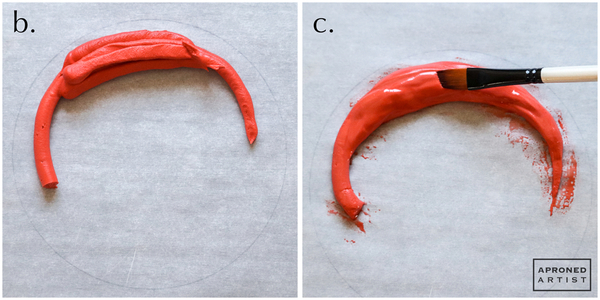




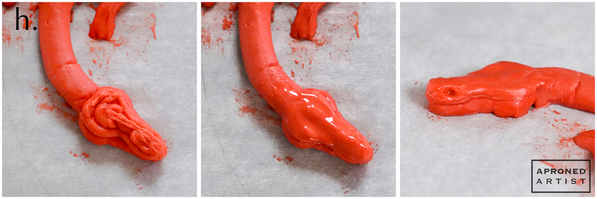
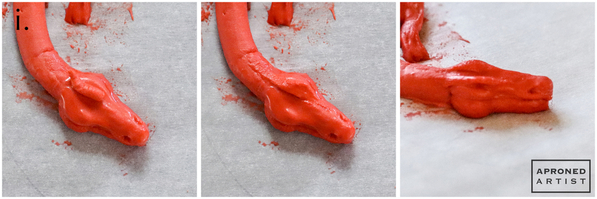

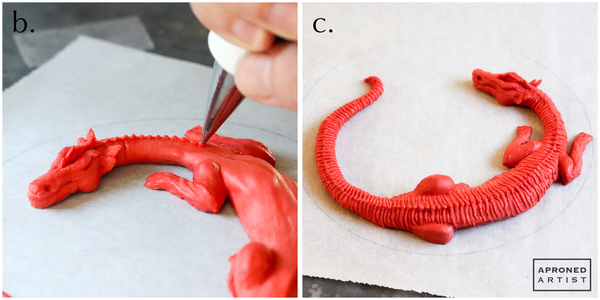
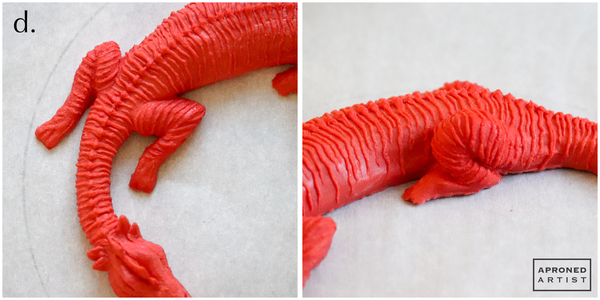
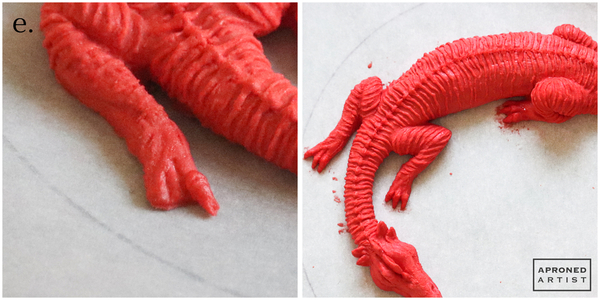
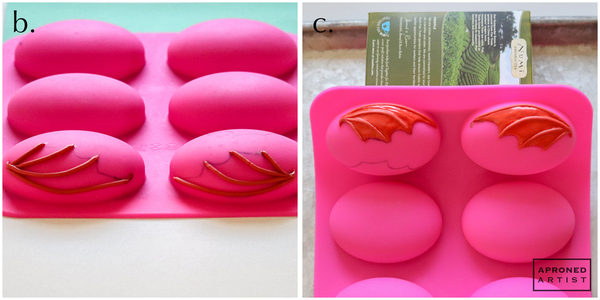



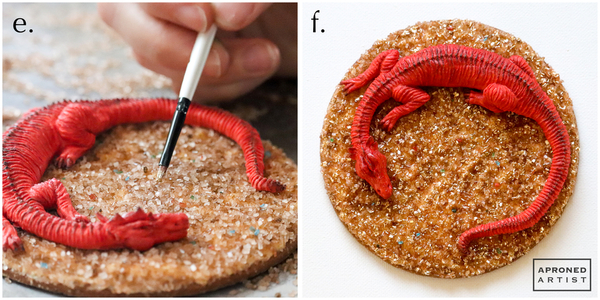
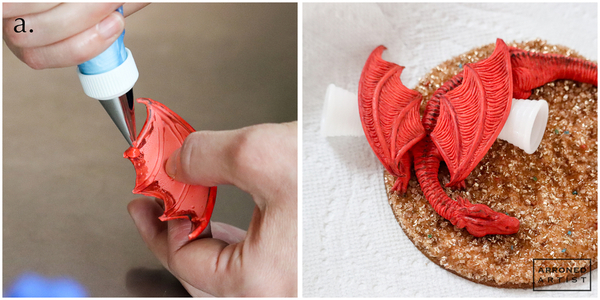
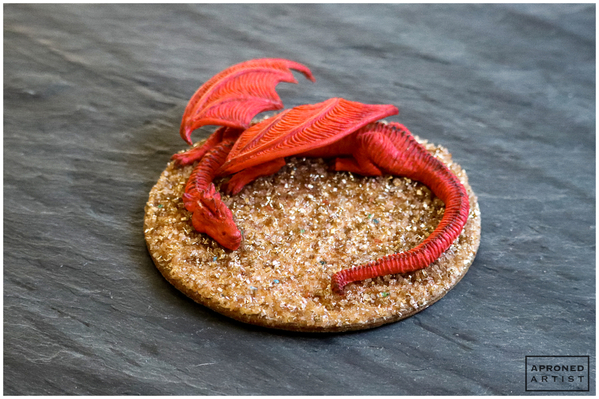
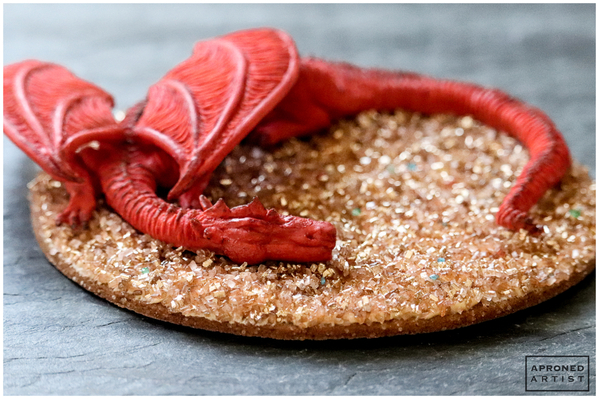
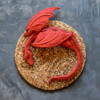
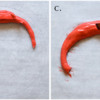
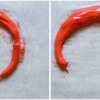


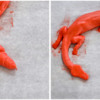
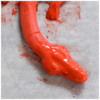
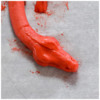
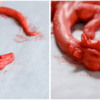

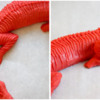

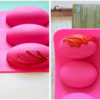
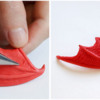
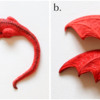

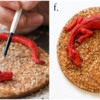



Comments (37)